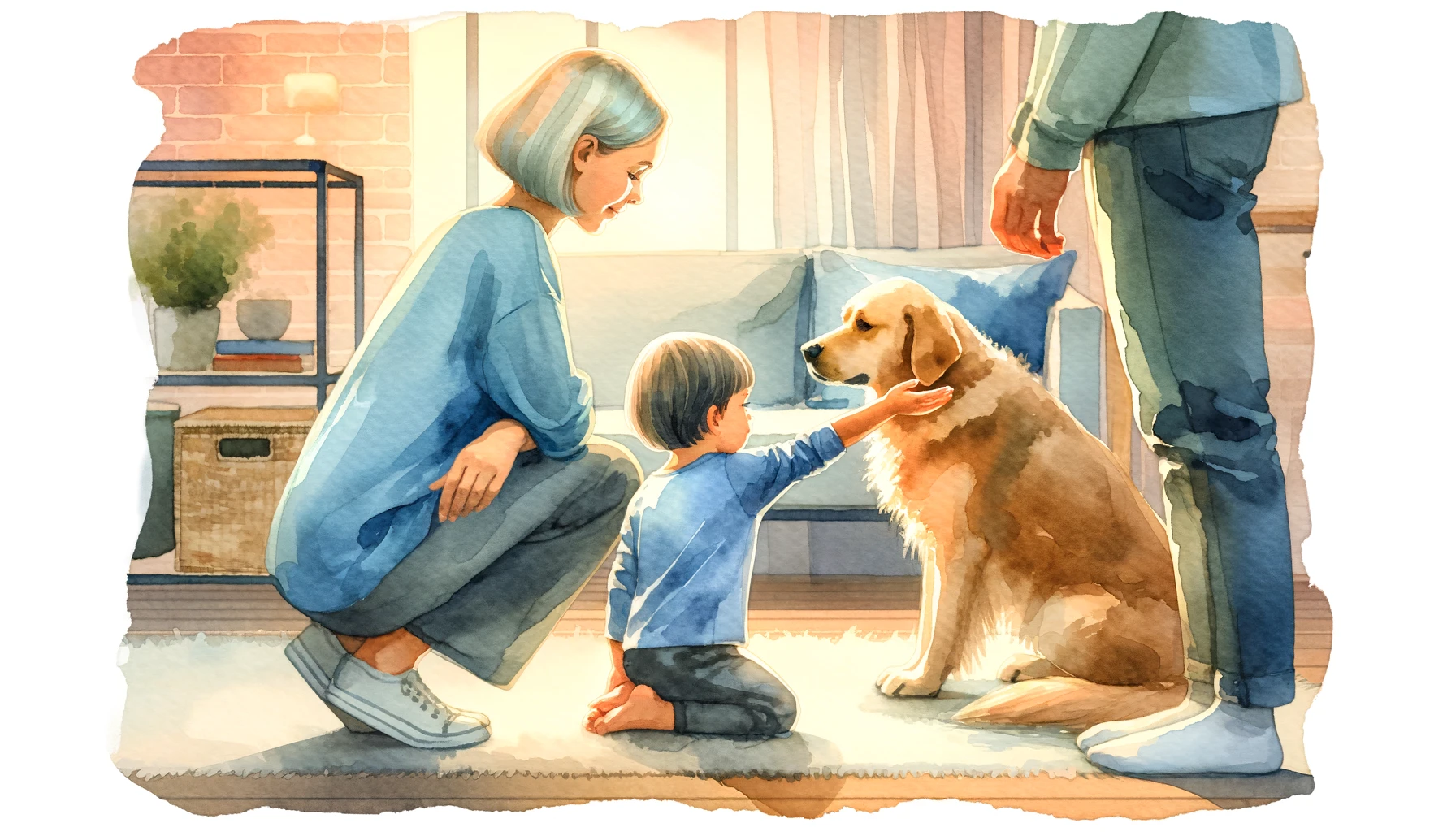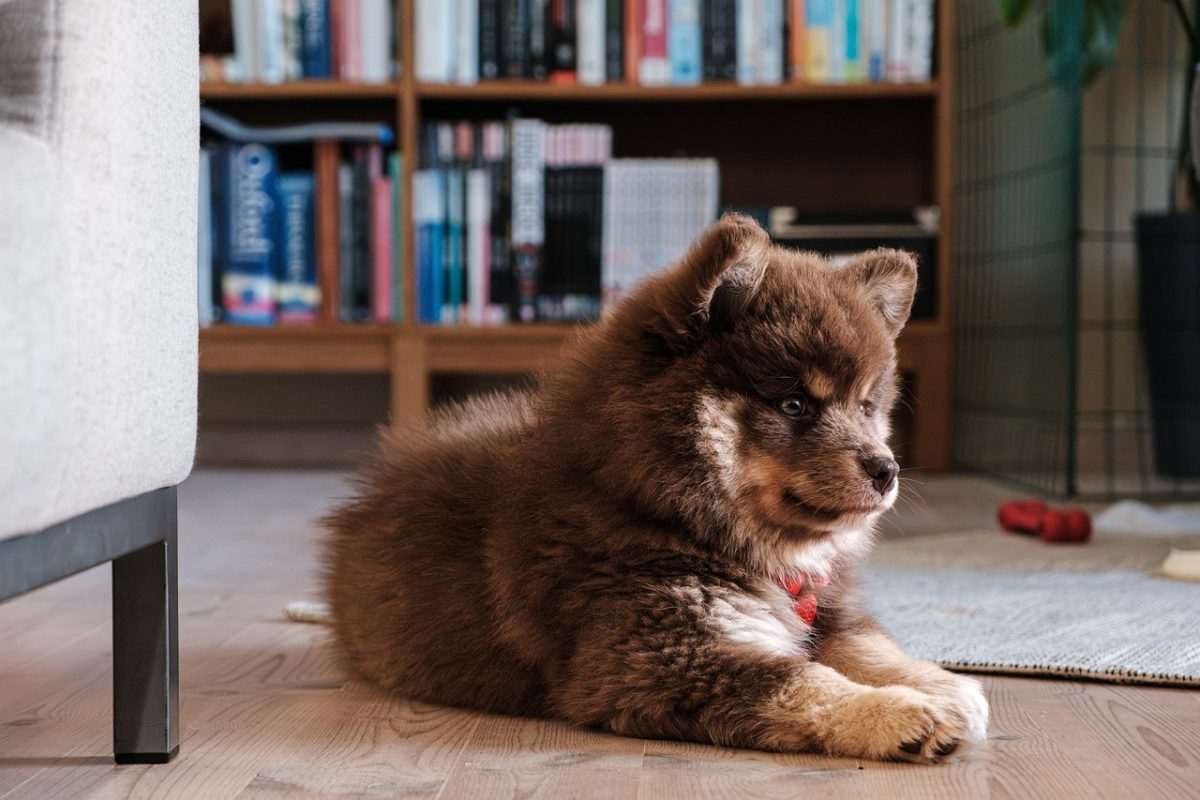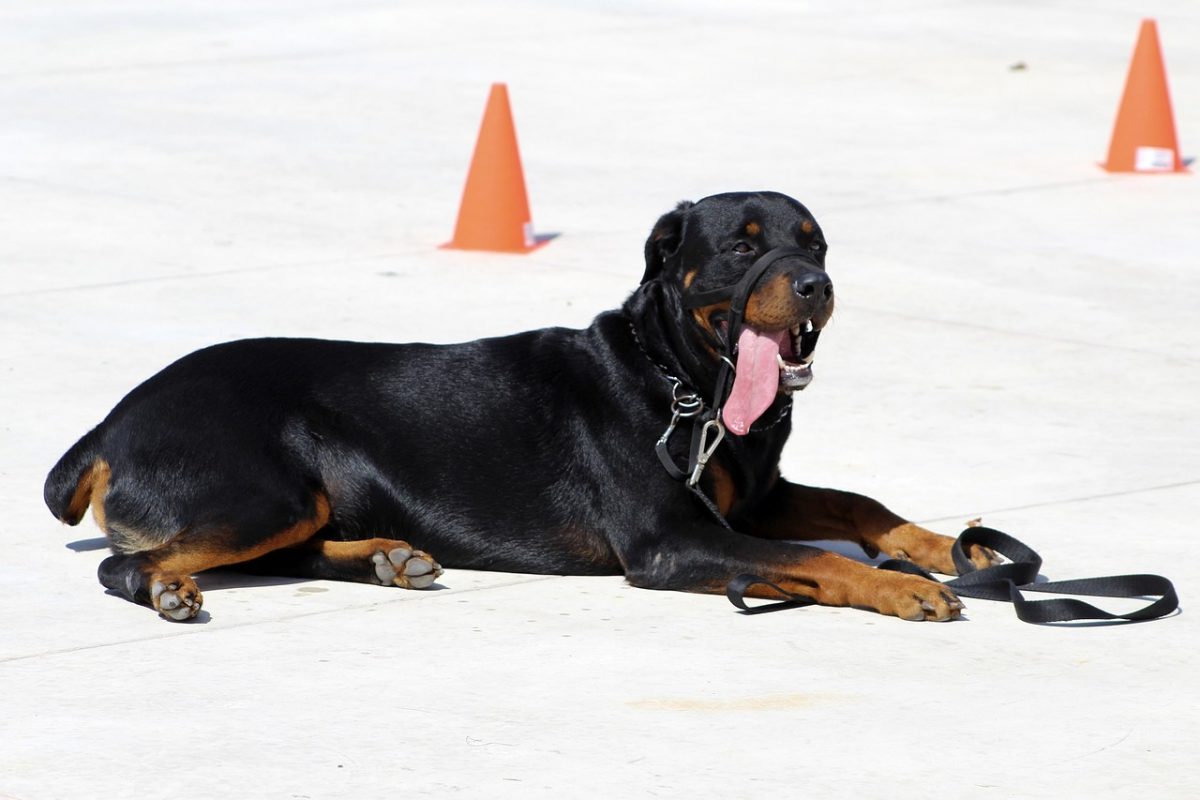In a world where pets are considered part of the family, ensuring they can interact safely with children and other animals is paramount. This article delves into methods and practices that help foster harmonious relationships between dogs, kids, and other pets. With patience, consistency, and understanding, you can guide your dog towards becoming a well-mannered family member who interacts safely and positively in a multi-species household.
Understanding Dog Behavior
Understanding your dog’s behavior is the first step toward training them to interact safely. Dogs communicate through body language, and recognizing signs of discomfort, fear, or aggression can prevent negative interactions. Educate yourself and your family on these cues to better interpret your dog’s feelings and needs.
Establishing a Safe Environment
Creating a safe environment is crucial for positive interactions. This means providing a personal space for your dog, such as a crate or bed, where they can retreat when overwhelmed. Similarly, children should have areas where they can play without unintentional invasions of their space by the family pet.
Introducing Your Dog to Children
Introducing a dog to children must be handled with care. Start by teaching kids how to approach and touch the dog gently, avoiding sensitive areas like the tail and ears. Supervision is key; never leave young children and dogs together unattended. Use positive reinforcement to reward your dog for calm and gentle behavior around kids.
Socializing Your Dog with Other Pets
Socialization with other pets should be gradual and controlled. Begin with short, supervised sessions, gradually increasing their length as the animals become more comfortable with each other. Use leashes and barriers if necessary to prevent any potential conflicts. Positive reinforcement plays a vital role here as well; reward calm and non-aggressive behavior with treats and praise.
Training Commands for Safe Interaction
Training your dog basic commands such as “sit,” “stay,” “leave it,” and “come” enhances safety during interactions. A well-trained dog is easier to manage and can be quickly redirected if a situation begins to escalate. Consistent training sessions help reinforce these commands, making them second nature to your dog.
The Role of Exercise and Play
Regular exercise and play are essential for a dog’s physical and mental health, reducing anxiety and excess energy that could lead to rough play or aggression. Ensure your dog has plenty of opportunities for exercise before introducing them to potentially stressful situations with children or other pets.
Monitoring and Managing Interactions
Always monitor interactions between your dog, children, and other pets. Look for signs of stress or discomfort and intervene before a situation escalates. It’s better to end an interaction too early than to allow it to progress to a point where someone could get hurt.
Seeking Professional Help
If you encounter persistent issues or if your dog shows signs of aggression, seeking professional help from a certified dog trainer or behaviorist is recommended. They can provide personalized strategies and interventions to address your dog’s specific needs.
Training your dog to interact safely with children and other pets requires time, patience, and consistency. By understanding dog behavior, establishing a safe environment, and using positive reinforcement, you can create a harmonious home where all members, regardless of species, can coexist peacefully. Remember, every dog is unique, and what works for one may not work for another. Stay flexible in your approach and be prepared to adapt your strategies as needed. With the right mindset and techniques, your dog can learn to navigate the complexities of social interactions in a safe and positive manner.



